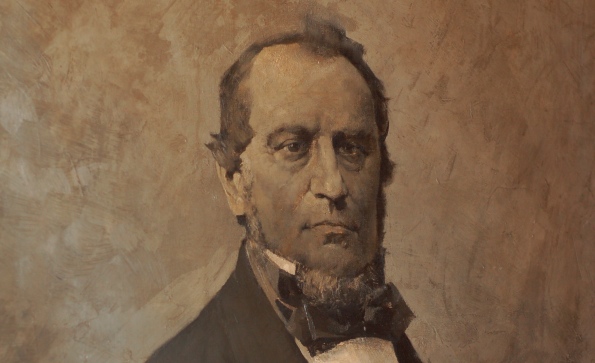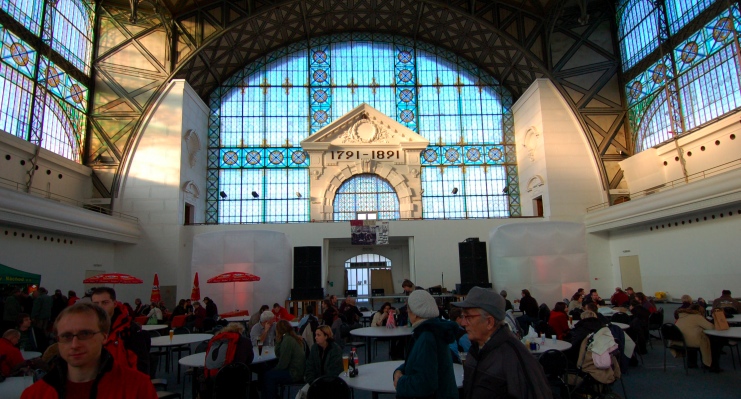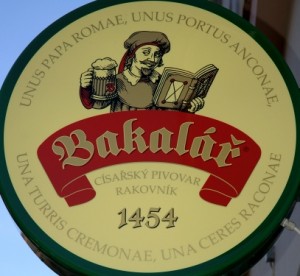
A quick post on Wikipedia, which never fails to amaze me, though not always for the right reasons. Today my amazement is due to Wikipedia’s entry on the Plato scale (now corrected), a method of measuring the amount of sugars before fermentation — how strong the malt tea is, in other words, before the yeast goes to work. It’s why we call a beer a desítka or a dvanáctka (a “ten” or a “twelve”) in Czech, and why many labels still proudly say 10º or 12%: because before the beer was fermented, it started out as a liquid with 10 or 12 percent sugar.
As I’ve noted in earlier articles and in Good Beer Guide Prague and the Czech Republic, the scale was originally invented in Prague by the German-speaking brewing scientist Carl (or Karl) Josef Napoleon Balling (1805-1868), pictured above.
The scale is often referred to by the name Plato, after the German scientist who later improved on Balling’s original work, though winemakers usually call it Brix, after another improver. However, it’s nice to give credit to Balling, the originator of the scale, especially since he’s a hometown hero.
However, I did not realize he was actually a hometown victim.












